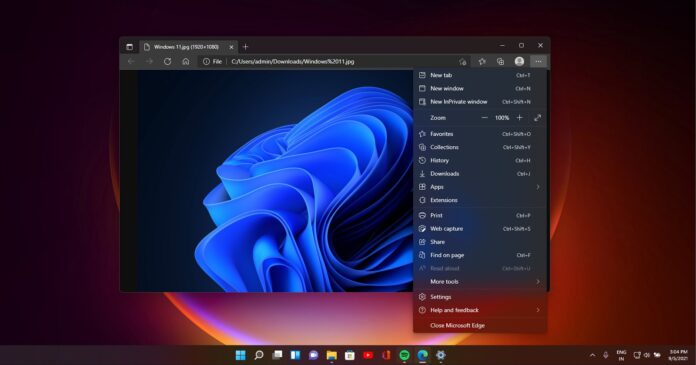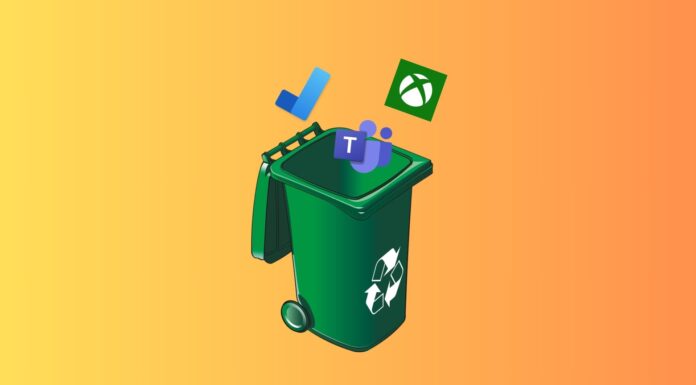There are some concerns that Microsoft is bogging down Chromium-based Edge with unwanted new additions, such as Skype’s Meet Now integration or the “Buy Now, Pay Later” feature. At the same time, Microsoft is working on several useful features for Windows 11’s default browser.
One such feature is “Drop” which is similar to Telegram’s saved messages. While Telegram’s saved messages feature lets you forward and save texts or media messages, Microsoft Edge’s Drop can be used to store files and notes, so you can access them from anywhere.
While browsing the web, do you want to save a particular file and access it on a different device without manually transferring it? Or have you struggled to save important details like notes or schedules? You can easily address these problems with Microsoft Edge’s Drop, which lets you save files or notes in OneDrive.
“Drop” is a dedicated hub that lets you drag and drop files, and access them using Microsoft Edge on your other devices. As long as the devices have Microsoft Edge and Microsoft accounts, you can transfer various types of files.
The feature doesn’t offer different sharing methods, so the easiest way to access shared files is via the browser itself.
Microsoft Edge Drop uses OneDrive and you’ll be able to view these files or notes directly in the cloud storage platform too.
Unlike Telegram’s saved messages, Edge Drop doesn’t offer unlimited resources and it’s linked to your OneDrive plan. In other words, you’ll need free storage in OneDrive if you want to save and share files using Edge.
This feature is rolling out in Microsoft Edge Canary 104 and users can enable or disable it via Settings > Appearance.
Other features coming to Microsoft Edge
According to the roadmap, Microsoft is working on a number of new features, including built-in Cloudflare integration and more.
Additionally, Microsoft has also promised that the next version of Edge Canary will reduce the size of the context menu, hopefully addressing the concerns of desktop users.
Microsoft understands that the context menus are too large and wide on desktop, and the lack of ability to further customize its appearance is another problem. For example, you cannot edit the context menu and exclude certain features.
“We hear that both the right-click context and the … menus are too long, too wide, and don’t offer any ways to customize,” Microsoft said.
The company added that it’s already exploring some ways to reduce the context menu size and offer new options to users.


























